There have been a number of changes to the required minimum distribution requirements—RMD—from traditional retirement accounts, says a recent article titled “2 Essential Strategies for Taking Your RMDs” from Kiplinger. In 2019, the age for RMDs was raised from 70½ to 72. In 2020, they were waived altogether because of the pandemic. Now they’re back, and you want to know how to make good decisions about them.
Most people take the default approach, taking a lump sum of cash at the start or the end of the year. This is not the best approach. Investment markets and your own need for income are better indicators for how and when to take your required minimum distribution. If you can at all avoid it, never take a required minimum distribution from a declining market.
You can take your required minimum distribution anytime during the calendar year, from January 1 to December 31. If it’s the first time you’ve taken a required minimum distribution, you get a bonus: you can wait until April 1 of the year after your 72nd birthday. The required minimum distribution is calculated, by dividing the account balance on December 31 of the preceding year by your life expectancy factor, based on your age. You can find it in the IRS’s Uniform Lifetime Table.
2021 distributions will be bigger, and not just because of the market’s 2020 performance. Instead, distributions will be bigger because of how the accounts are designed, with RMDs becoming a larger percentage over time. It starts as a small percentage and eventually becomes the entire account, which is then depleted. Remember, the sole purpose of the RMD is to force retirees to take money out of their retirement accounts and pay taxes on the money.
Many retirees take RMDs because they need the money to live on. Here’s where money management gets tricky. It’s far easier to take smaller amounts of money at regular intervals, kind of like a paycheck, than taking a big amount once a year. We’re creatures of habit and are used to receiving income and managing it that way.
Distributions on a regular basis also fosters a better sense of how much money you have to live on, encouraging you to create and adhere to a budget.
If you don’t need the income, taking money through regular installments also has an advantage. It’s like the opposite of dollar-cost averaging. Instead of putting money into the market in small increments over time to even out market ups and downs, you’re taking money out of the market at regular intervals. You’re not cashing out at the market’s lowest point, or at the highest. And if you’re reinvesting RMDs in a taxable account, this strategy works especially well.
By: Edward J. Welch, Esq. ||| Estate Planning | Wills | Trusts | Asset Protection
If you would like to discuss your legacy options with an estate planning attorney in Jupiter or Palm Beach Gardens, Florida, schedule a complimentary call with Edward J. Welch at Welch Law, PLLC. At Welch Law, WE WANT TO DRAFT YOUR LEGACY!
Reference: Kiplinger (June 10, 2021) “2 Essential Strategies for Taking Your RMDs”

